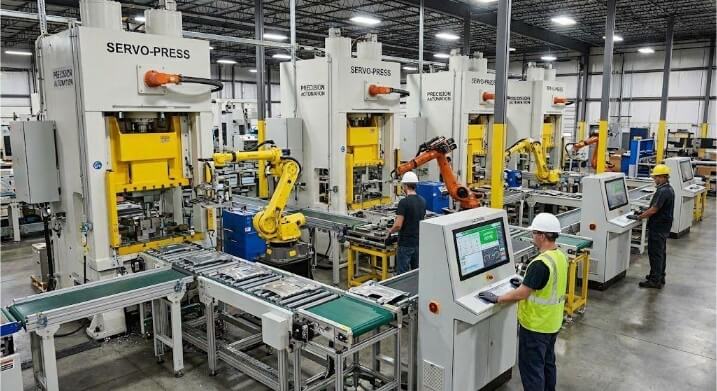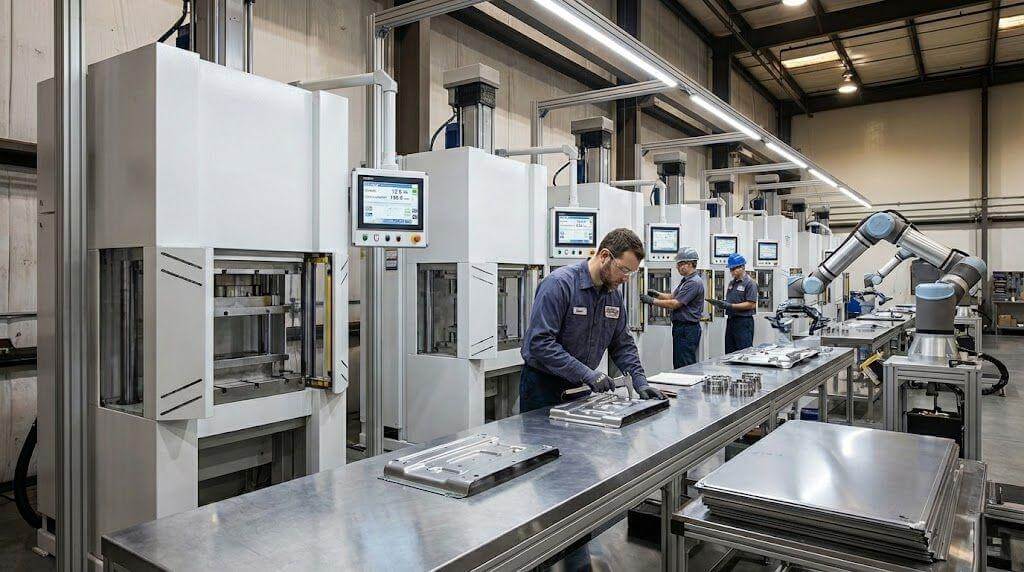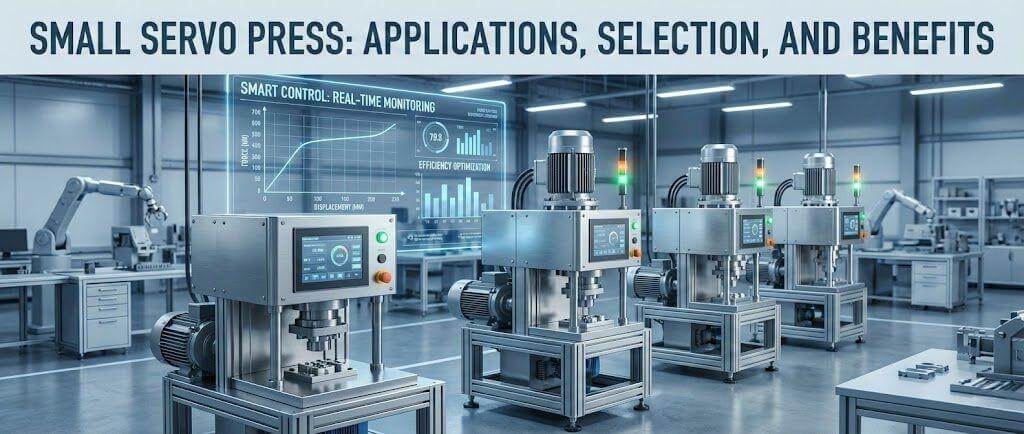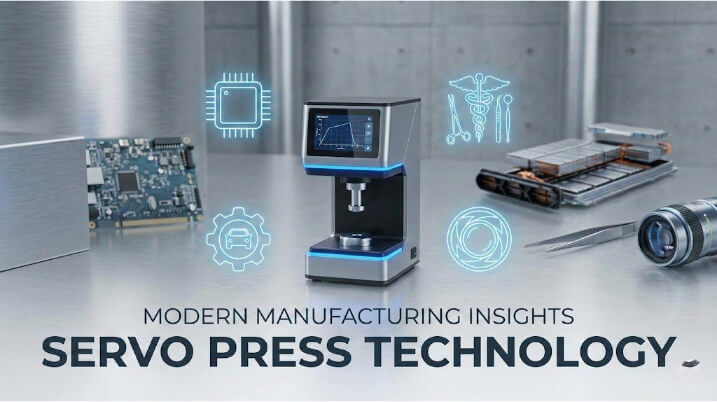Choosing the proper milling process in manufacturing can make or break a project. I often face the challenge of deciding between horizontal and vertical milling. Each method offers distinct advantages and is suitable for different applications, depending on the precision, complexity, and cost-effectiveness required.
Horizontal milling provides superb efficiency for projects involving heavy materials or large batches. The setup allows simultaneous processing with multiple cutters, reducing overall production time. Conversely, vertical milling is ideal for detailed and precise work on smaller parts, thanks to its ability to handle complex tasks with greater detail.
I’ll now dive deeper into each technique to clarify the best fit for your needs.
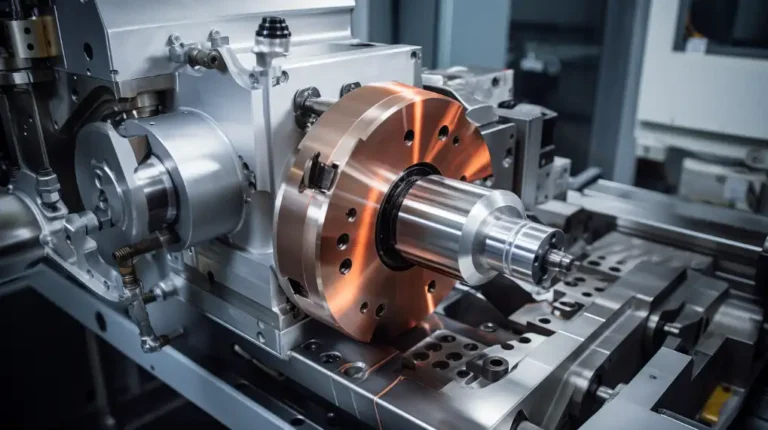
Horizontal Milling
Fundamentals
Definition and Basic Concept
Horizontal milling involves using a horizontally oriented spindle that holds the cutting tools. This setup allows the tool to approach the workpiece from the side rather than above.
History and Evolution of Horizontal Milling
Horizontal milling machines have been in use since the early 19th century. Initially, they were mechanical devices, but over the decades, they have evolved into complex CNC machines, enhancing precision and speed.
Machine Components and Setup
Critical Components of Horizontal Milling Machines
The main components include the spindle, arbor, cutter, table, and control panel. Each plays a crucial role in the machine’s overall function and efficiency.
Setup and Alignment
Proper setup is essential for successful milling. This includes precise alignment of the spindle and arbor, ensuring the cutters are positioned correctly for optimal machining.
Advantages
Efficiency in Large-Scale Production
Horizontal mills excel in batch production, making them ideal for high-volume manufacturing. The ability to use multiple cutters simultaneously dramatically reduces production time.
Handling Heavy Materials
The robust construction of horizontal mills makes them suitable for handling heavy and bulky materials with ease.
Enhanced Tool Life
The orientation of horizontal mills allows for an even distribution of cutting forces, which can extend the tool’s life and reduce wear.
Disadvantages
Initial Cost and Space Requirements
These machines often come with a higher initial cost and require more floor space, making them less suitable for smaller shops.
Complexity in Operation and Maintenance
Operating and maintaining a horizontal mill requires skilled personnel and regular maintenance to keep it running efficiently.
Applications
Industries Utilizing Horizontal Milling
Industries such as aerospace, automotive, and heavy machinery use horizontal milling to create complex parts like gears, shafts, and brackets.
Common Products and Parts Manufactured
Typical products include engine components, frames, and other parts requiring robust materials and precision engineering.
Vertical Milling
Fundamentals
Definition and Basic Concept
Vertical milling centers around a vertically oriented spindle that holds and rotates the cutting tool against the stationary workpiece. This design allows for intricate detailing and precision work.
History and Evolution of Vertical Milling
The development of vertical milling machines began in the late 19th century as a response to the need for more detailed and precise machining. Over time, these machines have incorporated advanced technologies such as computer numerical control (CNC), allowing enhanced precision and automation.
Machine Components and Setup
Critical Components of Vertical Milling Machines
Essential components of a vertical milling machine include the spindle, table, quill, and control panel. Each part is integral to the machine’s operation, focusing on precise vertical movement and control.
Setup and Alignment
Setting up a vertical milling machine involves adjusting the table and workpiece for optimal access and accuracy. Proper alignment is crucial to achieving the desired machining results and maintaining tool health.
Advantages
Versatility and Flexibility
Vertical mills are celebrated for their versatility, handling a wide range of materials and operations from simple drilling to complex contouring, making them suitable for varied industries.
Ease of Operation and Maintenance
These machines are generally easier to understand and operate compared to horizontal mills. Maintenance is straightforward, helping keep operational downtime to a minimum.
Lower Initial Costs
Vertical mills are typically less expensive than their horizontal counterparts in terms of initial investment and space requirements, making them accessible for smaller shops and businesses.
Disadvantages
Limitations in Heavy-Duty Operations
While versatile, vertical mills are not best suited for handling large or heavy materials or performing high-volume production runs as efficiently as horizontal mills.
Tool Wear and Replacement Costs
The vertical orientation can lead to faster tool wear, especially when dealing with more rigid materials, which can increase the cost of tool replacement and maintenance.
Applications
Industries Utilizing Vertical Milling
Vertical milling is widely used in tools and dies, mold making, product design, and fine metalwork. It is particularly valued in fields requiring intricate detailing and customization.
Common Products and Parts Manufactured
Products typically produced with vertical milling include automotive parts, aerospace components, jigs, and fixtures. These applications benefit from the precision and adaptability of vertical milling.
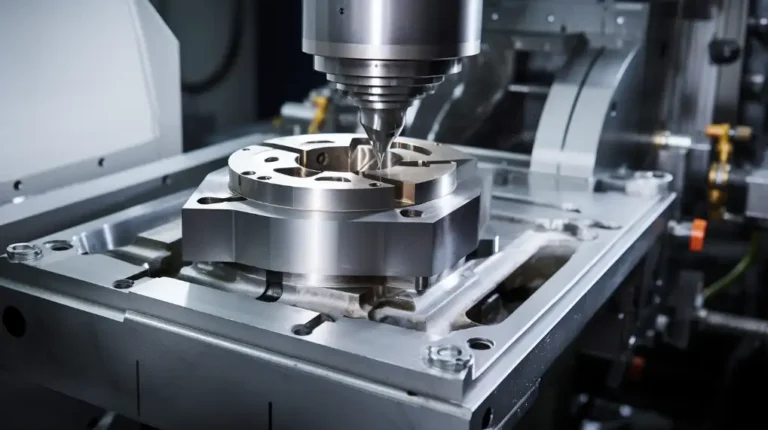
Horizontal vs. Vertical Milling: A Comparative Analysis
Operational Efficiency
Speed and Precision
Horizontal milling machines typically provide faster material removal rates due to the possibility of mounting multiple cutters. This setup allows for simultaneous machining, ideal for large-scale production. Vertical mills, however, excel in precision, making them suitable for complex or detailed tasks requiring meticulous accuracy.
Material Handling and Throughput
Horizontal mills are better equipped to handle large and heavy materials, optimizing throughput in industrial settings. Vertical mills, with their detailed-oriented setup, are better suited for smaller, precision tasks but may lag in high-volume throughput.
Cost Considerations
Initial Investment
Vertical milling machines often have a lower initial investment than horizontal mills. This makes them a more feasible option for smaller shops or businesses with limited capital.
Operational and Maintenance Costs
Horizontal mills, while potentially higher in initial cost, may lead to lower per-unit costs at high volumes due to efficiencies in mass production. Vertical mills, typically easier to maintain due to their more straightforward design, may offer savings in ongoing maintenance costs but might incur higher tool wear and replacement costs.
Flexibility and Versatility
Adaptability to Different Tasks
Vertical mills are highly versatile and capable of performing various operations like drilling, slotting, and complex contouring. This makes them invaluable in tool rooms and custom manufacturing. Horizontal mills are less versatile but excel in repetitive, high-output production settings.
Ease of Switching Between Operations
Vertical milling machines allow more straightforward and quicker changes between different operations, enhancing workflow efficiency. While robust for continuous runs, horizontal milling setups often require more time and effort to switch between different production setups.
Material Suitability
Type of Materials Processed
Both milling machines can handle various materials, from soft metals like aluminum to harder metals like stainless steel. However, horizontal mills typically handle the more complex materials better due to their robust construction and powerful cutting capabilities.
Impact on Material Quality and Finish
Vertical mills often produce a better surface finish, as the vertical orientation allows precise control over the cutting process. Horizontal mills, while fast and efficient, may achieve a different surface quality level due to the cutting process’s nature.
Tooling and Accessories
Tooling Options and Availability
Vertical mills typically have a more comprehensive range of tooling options due to their versatility and widespread use in various industries. This allows for greater flexibility in tool choice and application.
Compatibility with Accessories
Vertical milling machines generally offer better compatibility with various accessories, including rotary tables, angle heads, and other fixtures that enhance their capability. Horizontal mills are often more limited to specific setups but excel in those configurations.
Horizontal vs. Vertical Milling: Quick Comparison
Here’s a quick comparative table summarizing the key differences between horizontal and vertical milling:
| Feature | Horizontal Milling | Vertical Milling |
|---|---|---|
| Operational Efficiency | - Faster material removal rates | - Greater precision for detailed tasks |
| - Ideal for large-scale production | - Better suited for precision tasks | |
| Cost Considerations | - Higher initial investment | - Lower initial investment |
| - Lower per-unit costs at high volumes | - Potentially higher maintenance and tool costs | |
| Flexibility and Versatility | - Best for repetitive, high-output production | - Highly versatile for various operations |
| - Limited versatility compared to vertical mills | - Easy to switch between different operations | |
| Material Suitability | - Better for large and heavy materials | - Ideal for smaller, detailed-oriented tasks |
| - Handles harder materials well | - Provides better surface finish | |
| Tooling and Accessories | - Limited tooling options but effective in setups | - Wider range of tooling options available |
| - More specialized in compatible accessories | - Better compatibility with a variety of accessories |
Choosing the Right Milling Process
The decision between using a vertical or horizontal milling machine hinges on several critical factors, including:
- Part Size: Larger and heavier parts typically align better with horizontal milling due to their robust nature, while smaller parts are more suited for vertical mills.
- Part Complexity: Vertical mills excel in making complex, detailed parts, especially if the machining is required only on one side.
- Budget: If cost constraints are significant, vertical milling often provides a more economical solution for producing standard parts.
- Quantity: For large quantities and batch production, horizontal milling is advantageous due to its efficiency in material removal.
- Machine Shop Availability: The choice may also depend on which machines are available in a given shop and their current workload.
- Material: Vertical mills are generally preferable for softer materials and finer, detailed work; horizontal mills are better suited for more complex materials and bulk material removal.
Vertical Milling is Often Better For:
- Detailed parts require intricate work.
- Parts that need machining on only one side.
- Softer materials are more easily manipulated with the vertical setup.
- Projects where budget limitations are a significant factor.
Horizontal Milling is Better For:
- Rapid removal of material, especially in large-scale production environments.
- Handling large and heavy parts that require robust machinery.
- More complex materials demand more substantial and more durable milling operations.
- Parts requiring machining on multiple faces or complex cutting operations.
- Custom or specialist operations where specific tooling is necessary.
When planning a project, consulting with a machine shop is crucial. The experts there can assess the specifics of your project and recommend the most suitable milling process based on the machinery available and the project requirements.
Conclusion
Choosing the proper milling process—horizontal or vertical—depends on your project’s specific needs. Vertical mills are best for precise, more minor parts and are cost-effective for limited budgets. Horizontal mills excel in rapid material removal and handling large, hard materials and are ideal for high-volume production. Always consider part size, complexity, and material type. Consult with machining experts to ensure the selected process aligns with your production goals and maximizes efficiency.
Do you need a reliable sheet metal parts manufacturer? Shengen is the place to go. We specialize in sheet metal laser cutting, bending, surface finish, and CNC Machining. Reach out to Shengen Today and seek help from professionals!
FAQs
Which milling process is more cost-effective?
Due to lower initial costs, vertical milling is more cost-effective for smaller, more straightforward projects. Horizontal milling can be more economical at scale, particularly for large batches and heavier materials.
Can both milling types be used in the same facility?
Many facilities use horizontal and vertical mills to expand their manufacturing versatility and handle a broader range of projects.
What are the latest advancements in milling technology?
Recent advancements include:
- Enhanced CNC technology for greater precision and automation.
- Multi-axis capabilities for complex shapes.
- The integration of IoT and AI for improved efficiency and maintenance.
More Resources:
Cost-effective Milling Solutions – Source: LinkedIn
Milling Machine Setup and Operation – Source: American Machine Tools
Optimizing Your Manufacturing Process – Source: Torkusa
Hey, I'm Kevin Lee

For the past 10 years, I’ve been immersed in various forms of sheet metal fabrication, sharing cool insights here from my experiences across diverse workshops.
Get in touch

Kevin Lee
I have over ten years of professional experience in sheet metal fabrication, specializing in laser cutting, bending, welding, and surface treatment techniques. As the Technical Director at Shengen, I am committed to solving complex manufacturing challenges and driving innovation and quality in each project.

